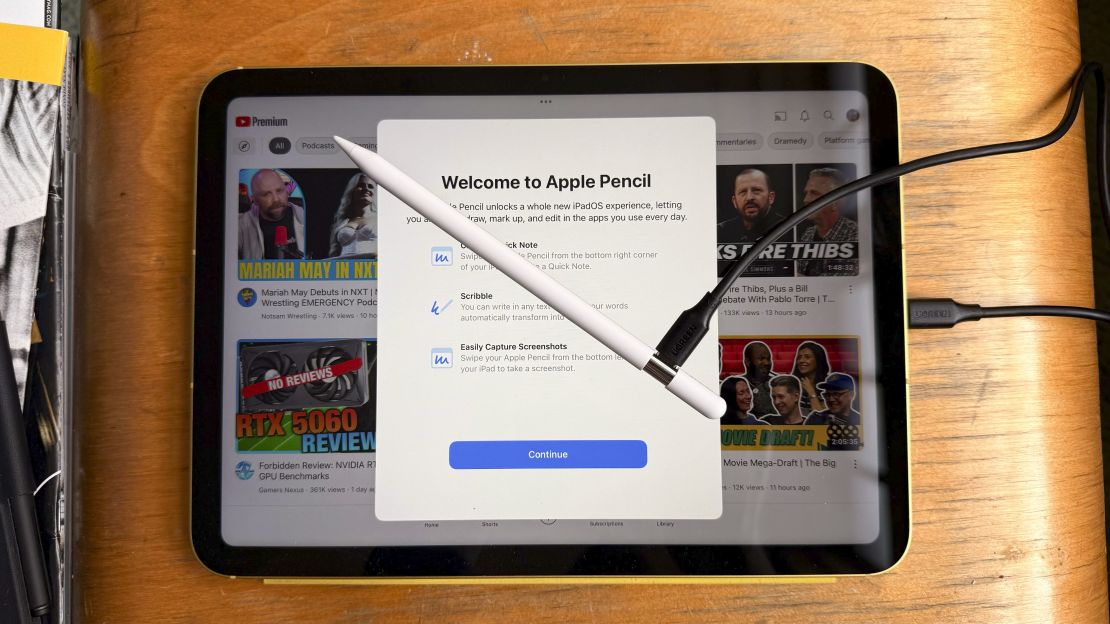
Apple put so little effort into revealing the new 11th-generation iPad this past spring that I’d bet most don’t know that there’s a new basic iPad for 2025. Announced within the press release for the new iPad Air M3, the new entry-level iPad is both massively important and admittedly boring. That’s what we expect, though, when Apple continues to make small tweaks that don’t rock the boat on its most-accessible iPad.
Still, this latest iteration ensures that Apple’s most affordable tablet is still the best iPad for most people and likely the top tablet as well. But is this update one that demands purchase right now, or can you wait until you need it? Let’s find out.
Apple iPad (11th Gen)
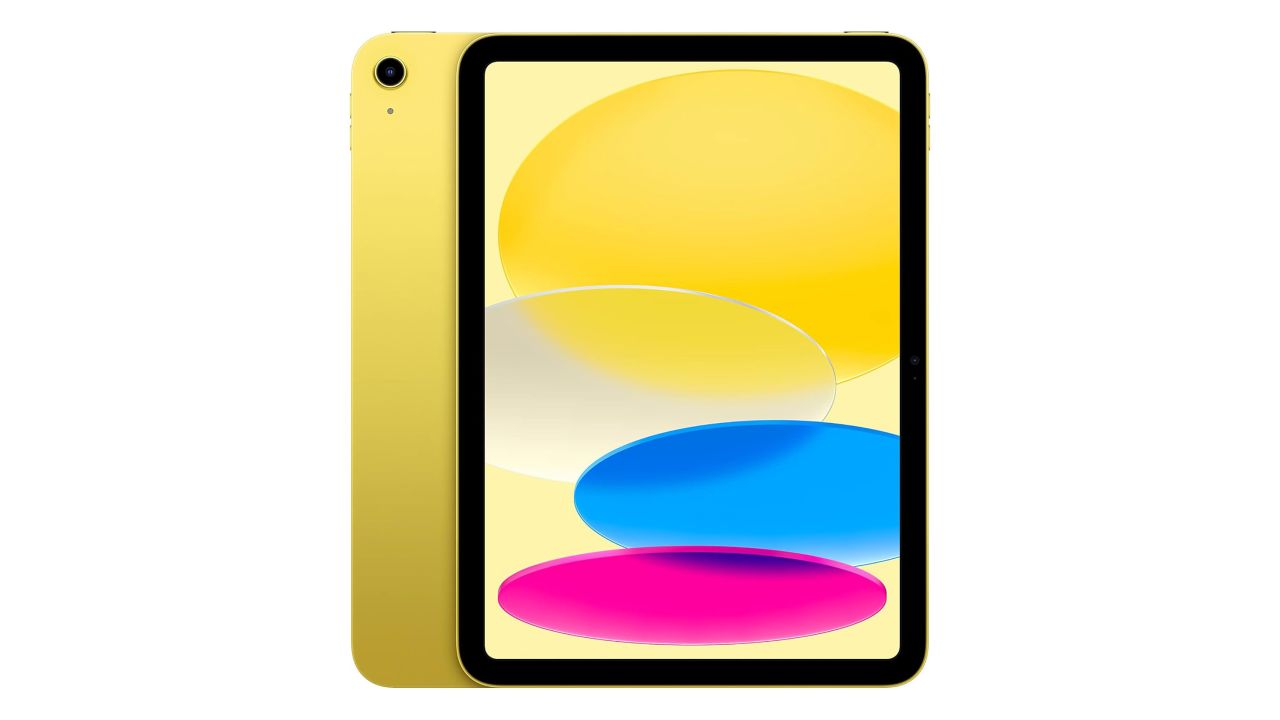
The 2025 iteration of Apple’s basic tablet is faster than before, but the biggest difference comes with a starting storage upgrade that makes it easier to download and use a bunch of apps.
What I liked about it
The iPad is still the de facto tablet for most people
For a while, the regular iPad had the same boring design and the same dark and flat colors you get on its pricier laptops. Then, in 2022, Apple introduced the 10th-generation iPad with flat sides that match the rest of its tablet hardware. This iPad is the first update to that model, and it is physically identical, sharing all the same dimensions and weight.
The iPad’s 11-inch screen is surrounded by bezels that aren’t especially chunky and give you a fair amount of room to grip the tablet without activating the display accidentally. While the iPad Mini is arguably better for reading books and for smaller spaces like an airplane’s seat-back tray table, this screen is pretty great for most activities, including multitasking in split-screen mode.
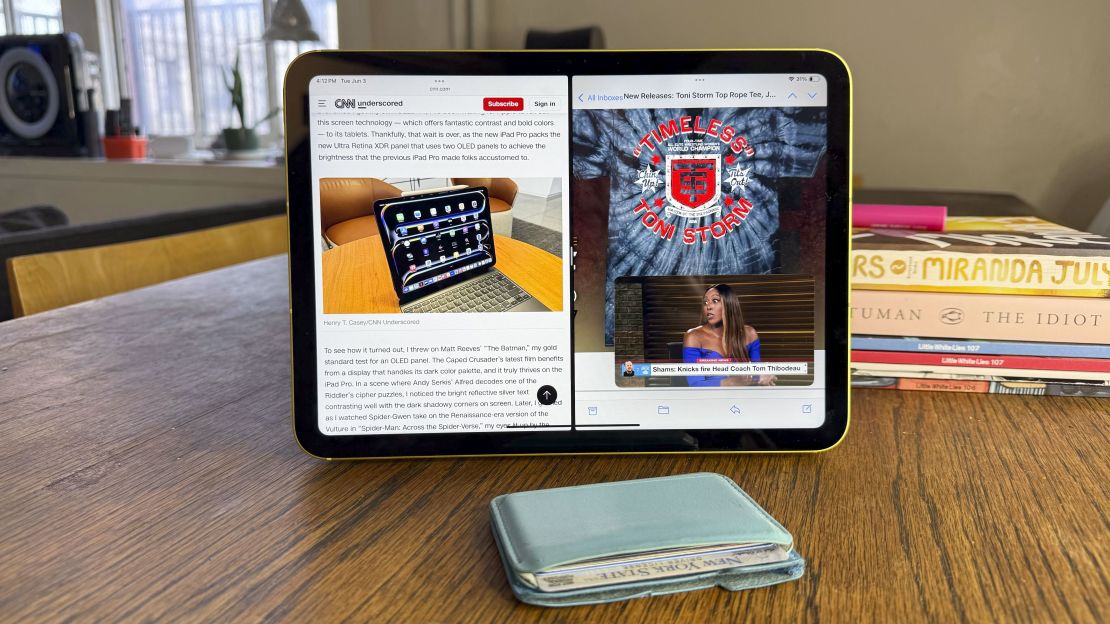
While the iPad’s screen is a bit too glossy (more on that below), it’s still otherwise great for everything I watched and played this week. From the bright yellow plane in the trailer for “Mission: Impossible — The Final Reckoning” to the lush greens of the grass in Genshin Impact, just about all my content looked pretty good. It looked good enough, in fact, that I was wishing there were a larger, 13-inch version of this iPad, a size that’s currently reserved for the iPad Pro.
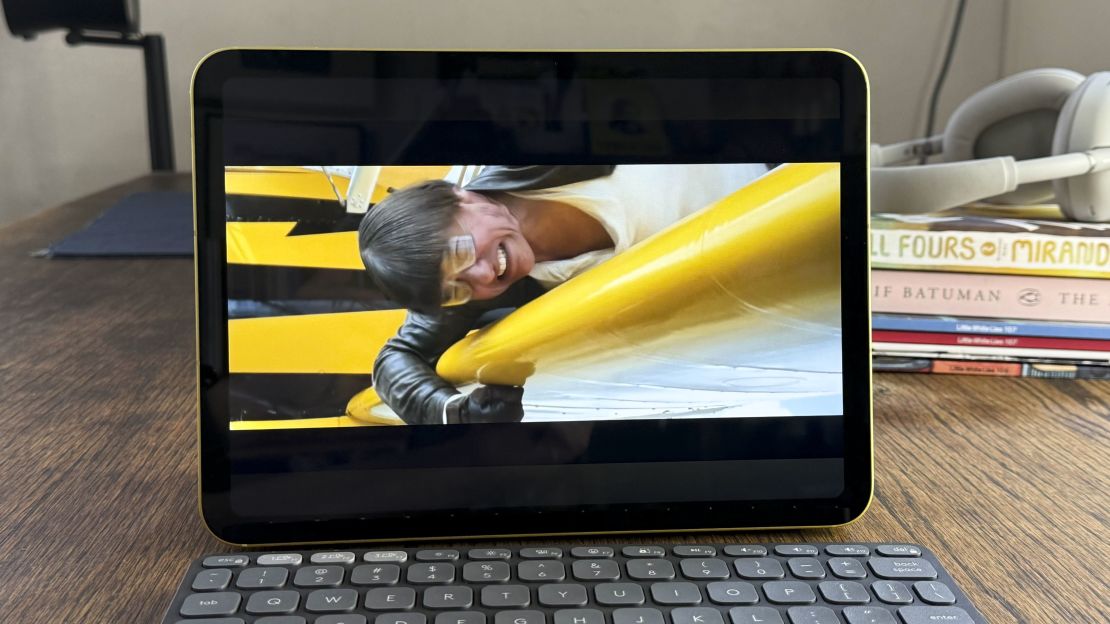
The iPad draws power from the USB-C port on the bottom, and it’s got a three-dot Smart Connector for connecting various keyboard accessories. It’s sold in blue, pink, silver and yellow, a bold set of colors that I wish were available throughout Apple’s lineup and not just for the iMac M4.
You also get some of the same standards as before, such as the rear 12-megapixel camera that can record 4K video. The 10th-generation iPad had this same camera, which was an upgrade from the 8-megapixel camera with 1080p video in the 9th-generation iPad. I’m not sure who needs that resolution in a tablet, but it’s nice to know it’s there.
Additionally, you get a 12-megapixel front camera that supports Apple’s Center Stage feature that keeps you properly framed on the screen by zooming in and out on video calls. When I dialed up my colleague Mike Andronico on Slack for a video call, he said I sounded and looked “normal,” which is basically a ringing endorsement because I primarily use a 4K webcam (which Slack compresses).
Apple’s A16 chip delivers a performance boost
This iPad has proved a stellar part of my days and nights during this past week. While I’ve been at work, I’ve kept it open next to me with Messages, Mail and one other app (sometimes Todoist for my productivity, other times Safari for my social media) open at the same time. I was able to juggle those, along with Apple’s Photos and Notes apps, without a smidge of a hiccup or stutter.
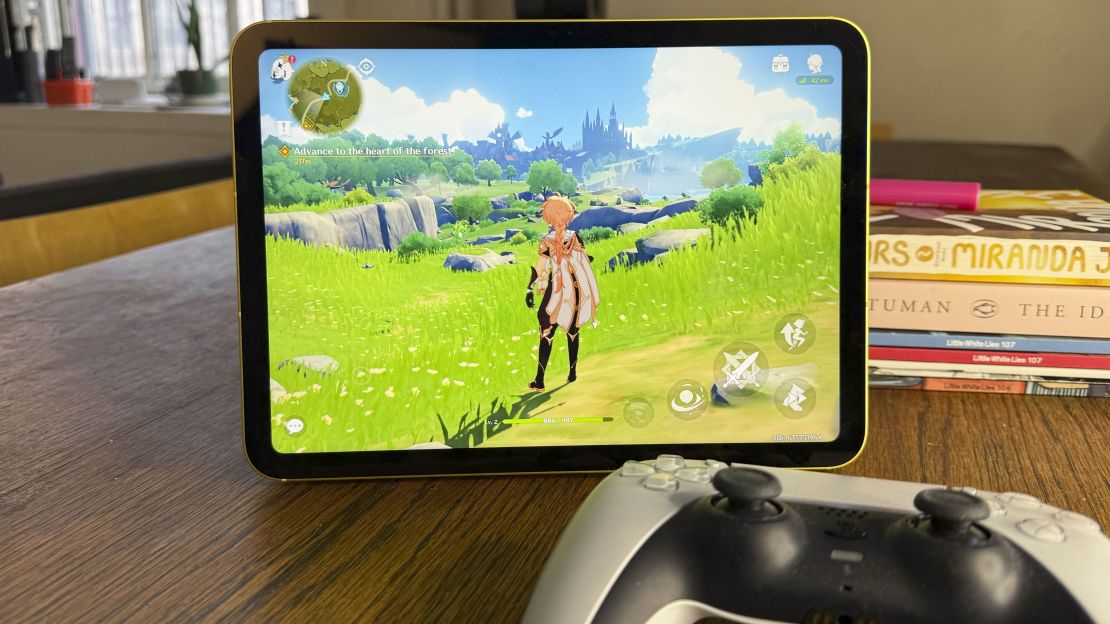
Gaming on the 11th-generation iPad also worked well, at least for mobile titles. The modestly demanding but massively addictive Balatro card game ran super smoothly, and the iPad also did a fine job with the 3D adventure game Genshin Impact. Everything looked correct as my characters ran around the woods and I switched between sword and bow-and-arrow attacks. Just don’t expect the big AAA games that have been announced for iPads and Macs to run on this basic iPad: the recent Resident Evil and Death Stranding ports require an M-series chip, so they’re exclusive to the iPad Air and iPad Pro.
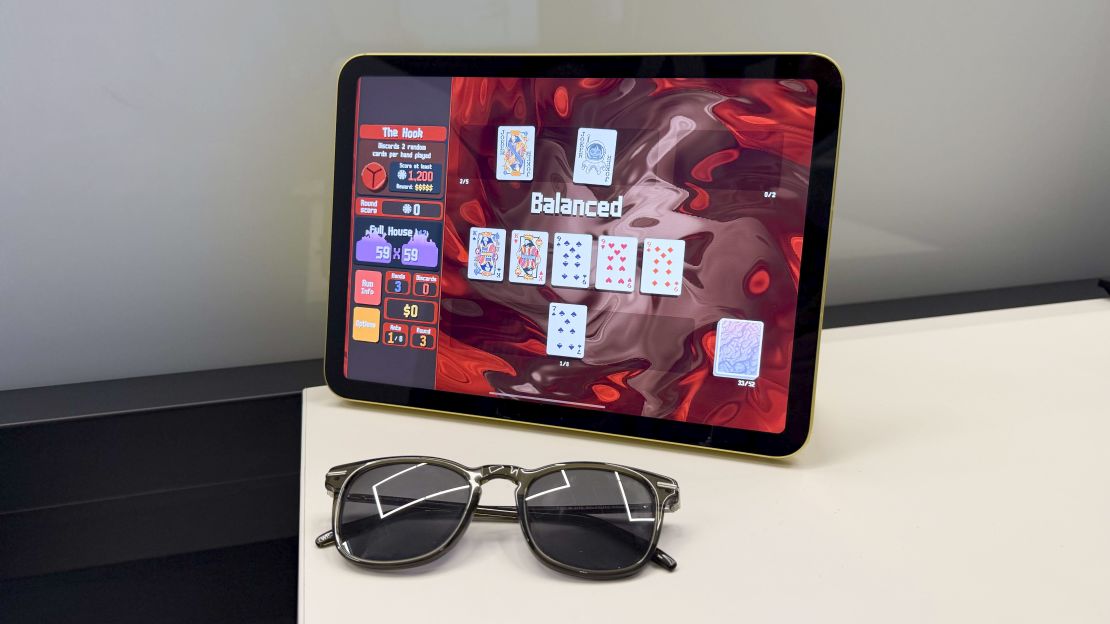
The A16 chip also delivered great scores on the Geekbench 6 benchmark tests, beating pricier tablets such as the Google Pixel Tablet, Samsung Galaxy Tab S10 FE+ and Microsoft Surface Pro 2024. Interestingly, though, the 11th-generation iPad’s single-core score on that test — which measures performance in less-demanding, everyday apps — is basically within the margin of error of what we saw from the iPad Air M2. Sure, Apple’s already updated that model with faster internals with the iPad Air M3, but it’s great to see an A-series chip hold its own in any way against Apple’s brawny M-series silicon.
Decent battery life
Expect decent battery life from the new iPad. When I ran our battery test on the 11th-generation iPad, draining it of a full charge by playing a looping 4K video at 50% brightness with Airplane mode on), it got a perfectly reputable score that was just north of 11 hours.
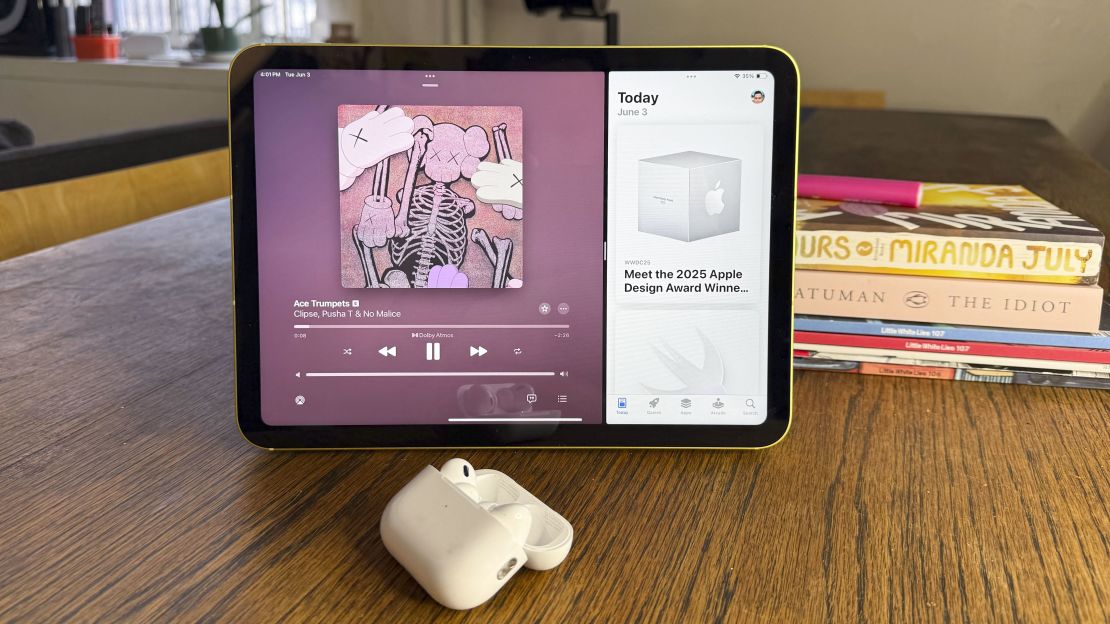
That iPad time compares very well against similar slates: 1.5 hours longer than the Google Pixel Tablet and nearly an hour longer than the latest iPad Air. The current iPad Mini only lasted 24 minutes longer, which is basically within the margin of error. The Galaxy Tab S10 FE+ lasted more than three hours longer, but that’s to be expected when it’s a larger tablet that has more room for battery.
Anecdotally, I’d say you can get two days of serious use out of this iPad before it needs to charge. I was down to only 54% after eight hours of use that consisted of work, gaming and three hours of streaming video.
Twice as much storage as before
There’s one other specs boost under the hood, as the 11th-generation iPad now starts at 128GB of storage. This is an overdue doubling of its previous 64GB minimum, especially when Apple’s marketing continues to promote games like Genshin Impact that take up well over 30GB of space. On top of that, just logging into my iCloud account meant my Photos library would sync up, and that alone took up more than 32GB.
That’s all the argument I need to make for why it’s good Apple’s moved to 128GB by default. No longer will you have to pay a higher price merely to avoid a flurry of “Storage Almost Full” alerts.
What I didn’t like about it
Apple’s entry-level iPad is still pricey compared to the field
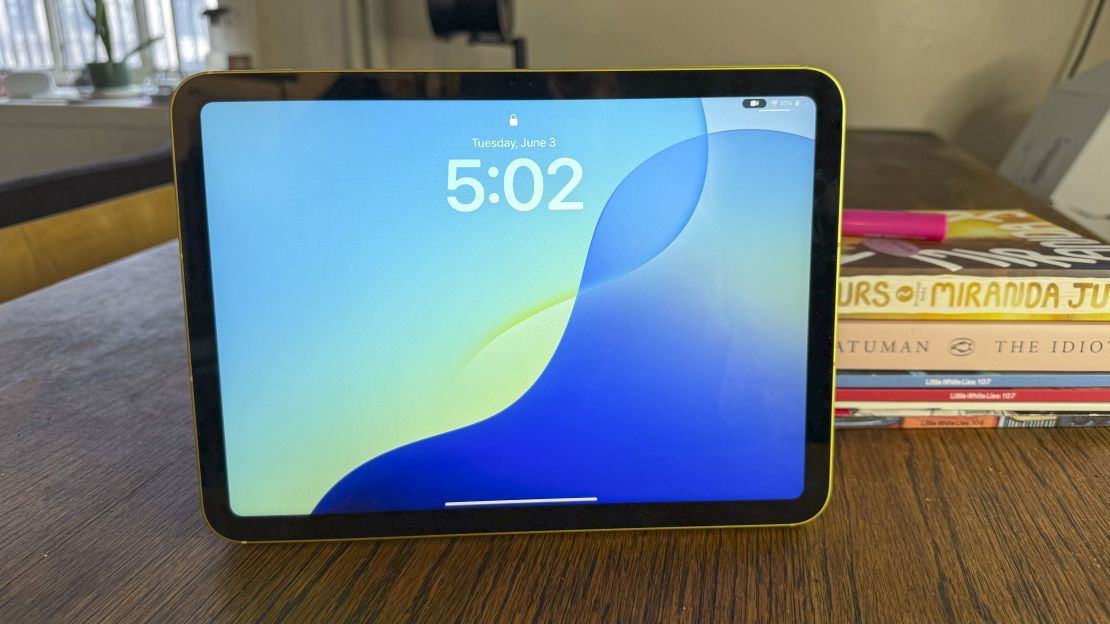
While the $349 iPad is the least-expensive Apple tablet, you don’t have to spend much time to find similarly sized tablets that cost notably less. Amazon’s Fire Max 11 is $230, Lenovo’s 10.1-inch Tab is $200 and Samsung’s Galaxy Tab A9+ is $220. The price gaps grow far greater if you look at smaller tablets, such as the $60 Amazon Fire 7.
This isn’t to say I want Apple to make a tablet like the Fire 7, which is much slower and of lower build quality. I merely want to see iPadOS get out from under the hefty $349 minimum barrier of entry.
This iPad is not meant for the sun or the bright lights
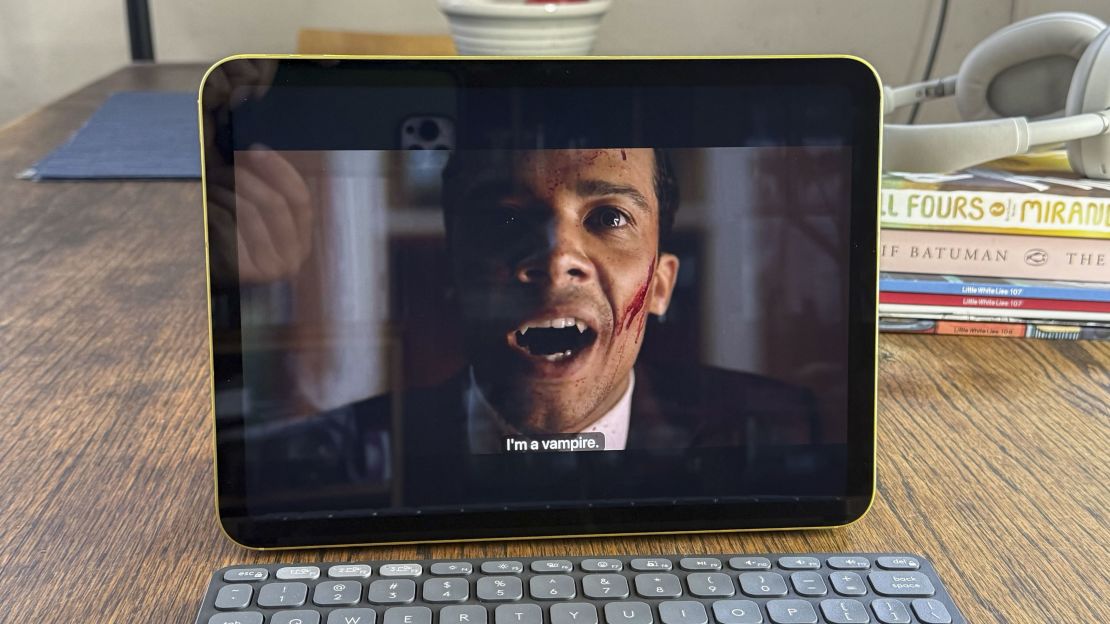
Aside from price, my biggest frustration with the 11th-generation iPad is that it can be a bit too glossy depending on your situations. That’s because its screen still doesn’t have the anti-reflective coating Apple uses in all its other (more expensive) iPads. I saw this flaw for myself while enjoying AMC’s macabre drama “Interview with the Vampire,” which has a suitably dark color palette. This meant I had to raise the iPad’s brightness and keep it pointed away from nearby lights to get the optimal visibility.
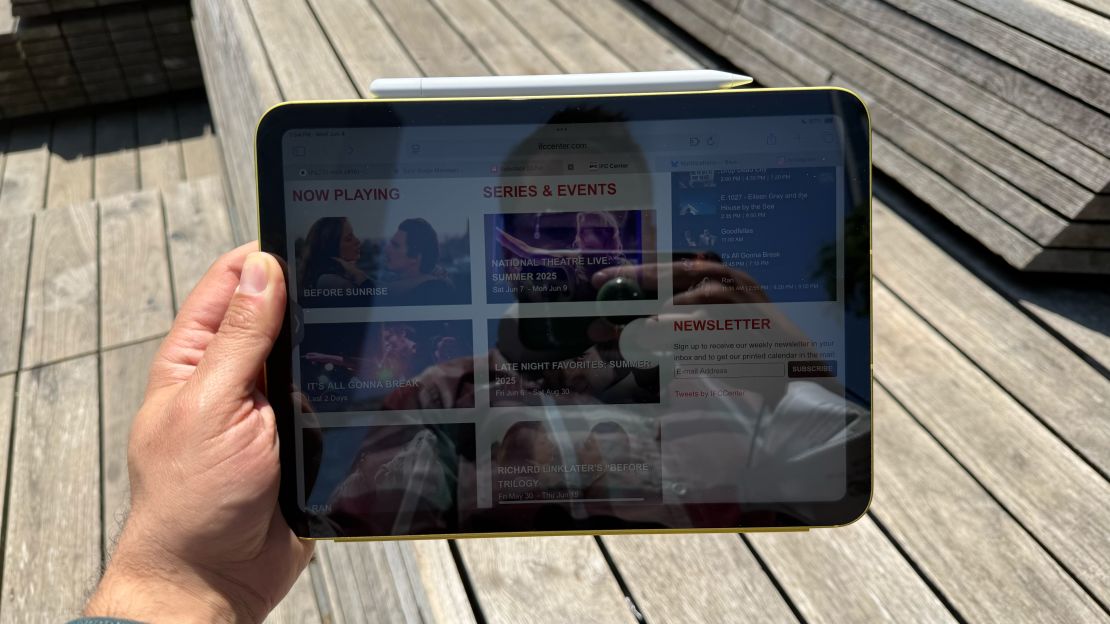
If you buy the iPad with cellular 5G capabilities (and not just Wi-Fi) to use it out and about, you might find yourself running from your reflection and looking for some shade. That’s exactly what happened to me when I brought the iPad out on a sunny day in Manhattan’s High Line park, where my reflection nearly obscured the showtimes of movies playing at my local theater.
Apple Pencil support is here, but other iPad features are absent
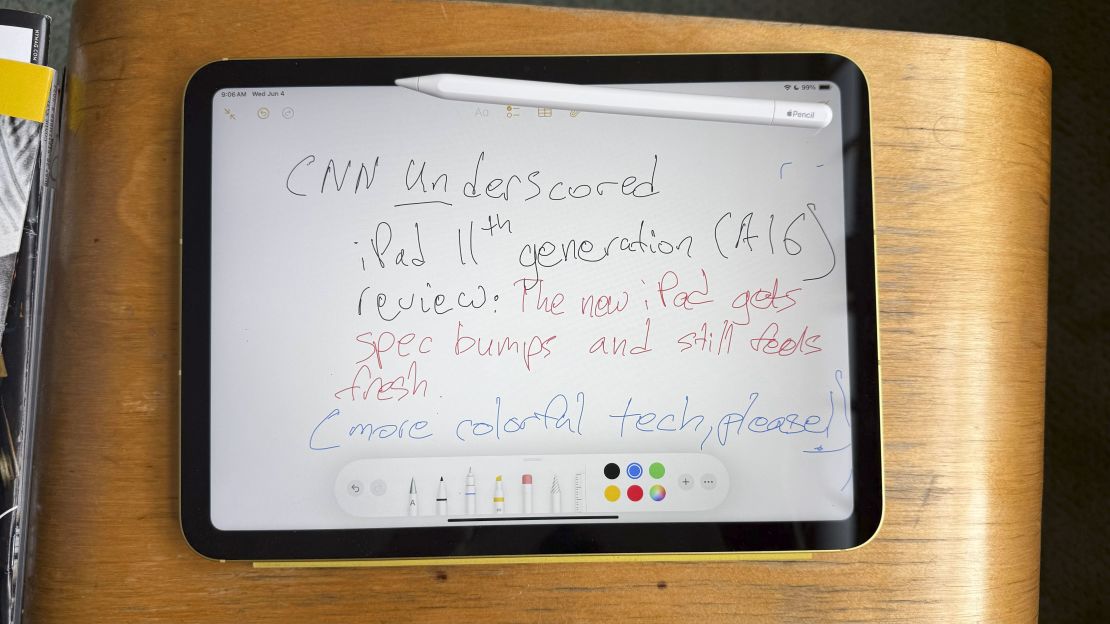
Unfortunately, you still may need a decoder ring to figure out which Apple Pencil works with your iPad. The good news is that the 11th-generation iPad works with both the original Apple Pencil and the new Apple Pencil with USB-C, which are the historically cheaper options — just like this iPad. That said, I do wish the pricier Apple Pencil Pro and second-generation Apple Pencil also worked with this iPad.
The annoying news, though, is that you can’t charge an Apple Pencil when you magnetically snap it to one side of the tablet — which is how the iPad Mini, Air and Pro work. Instead, you plug in a charging cable (either USB-C or Lightning, depending on how old the stylus is).

Another arguably big missing feature is Stage Manager, which enables a desktop-like interface where your apps exist as floating windows. Those trying to make their iPad double as a laptop might see this as a reason to upgrade to the iPad Air, which also works with Apple’s Magic Keyboard. Want a smoother screen or facial recognition? You’ll need an iPad Pro for those perks, though you do get some biometric security on the 11th-generation iPad with Touch ID fingerprint recognition.
Oh, and you can’t run the generative AI features found in Apple Intelligence on this iPad, though that makes me like it more.
Bottom line
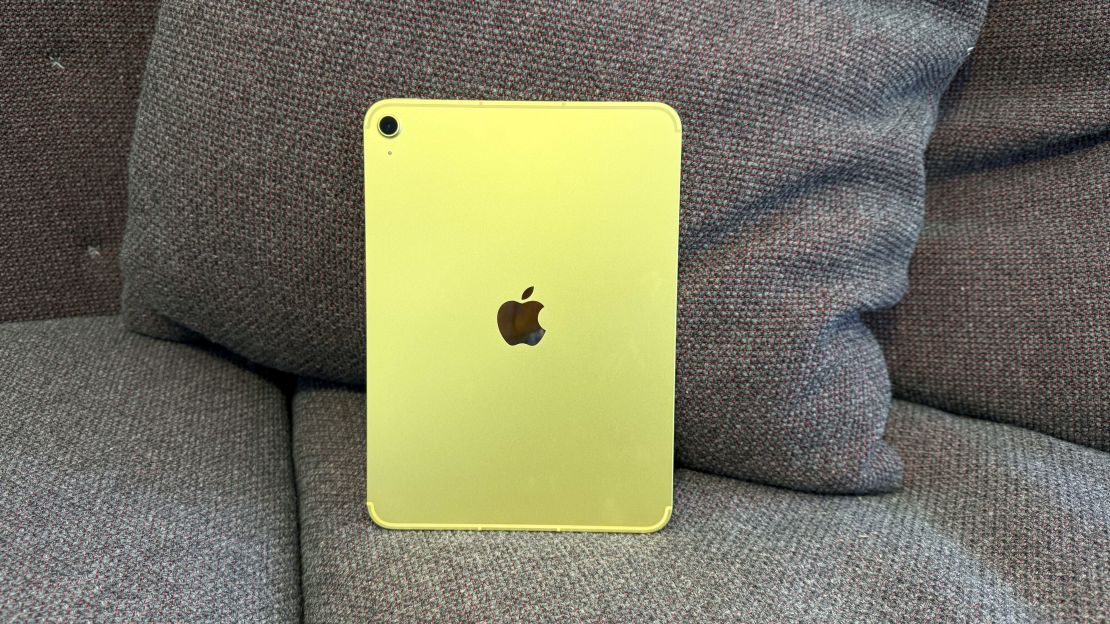
After a week letting the iPad take the wheel for a lot of what I’d normally do on my laptop or phone, I’m happy to say that even Apple’s entry-level tablet offers a pretty good (if not great) experience. So, while I will argue that a more-affordable iPad should exist, there’s nothing that bad about this one, as should be the case when we’re talking about a $350 gadget that’s either the second- or third-most-important screen in your living room.
At the end of the day, I’d argue that the vast majority of those who want a tablet should probably get the basic iPad. Only those looking to sync text messages with an Android device or desire a windowed app experience really need to look elsewhere.
